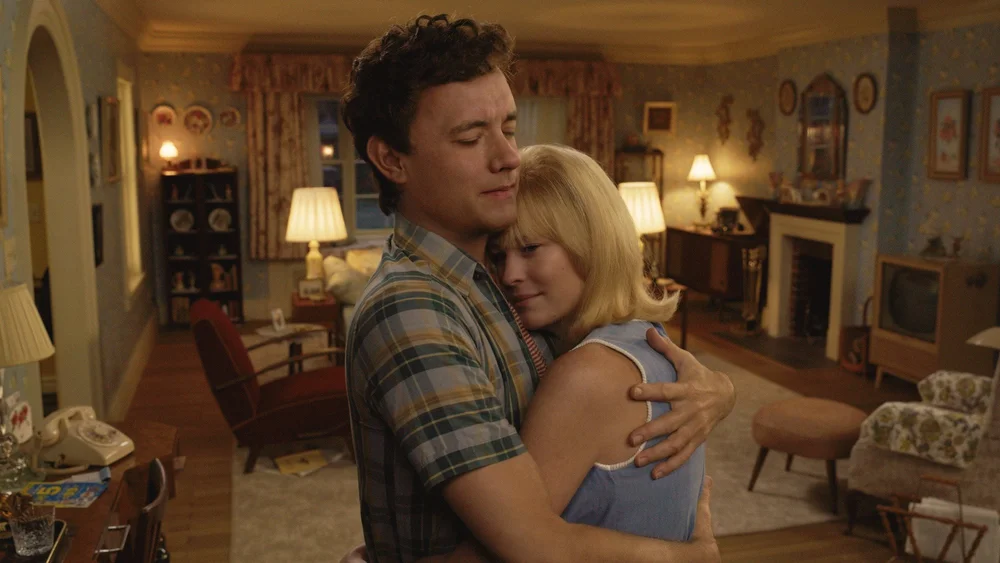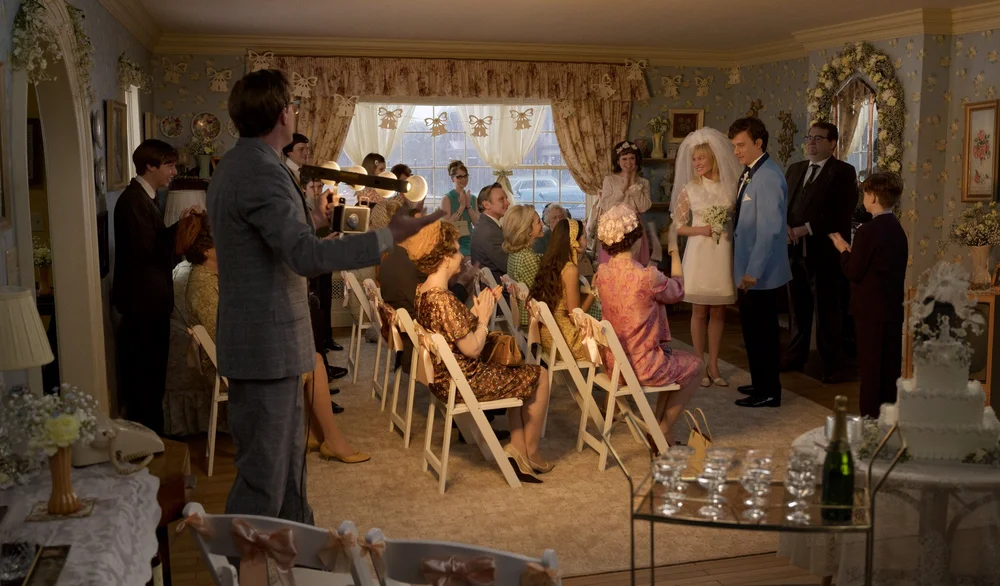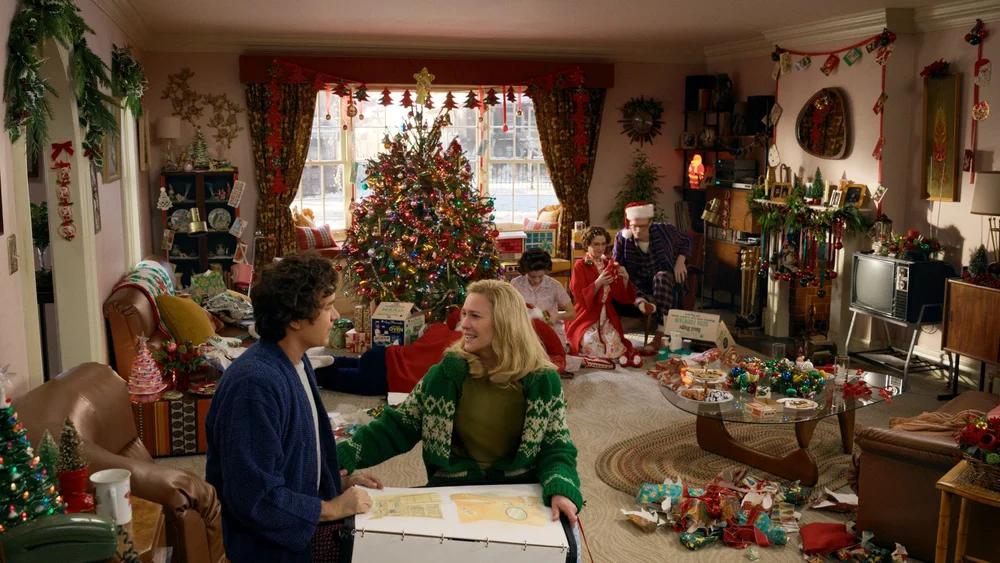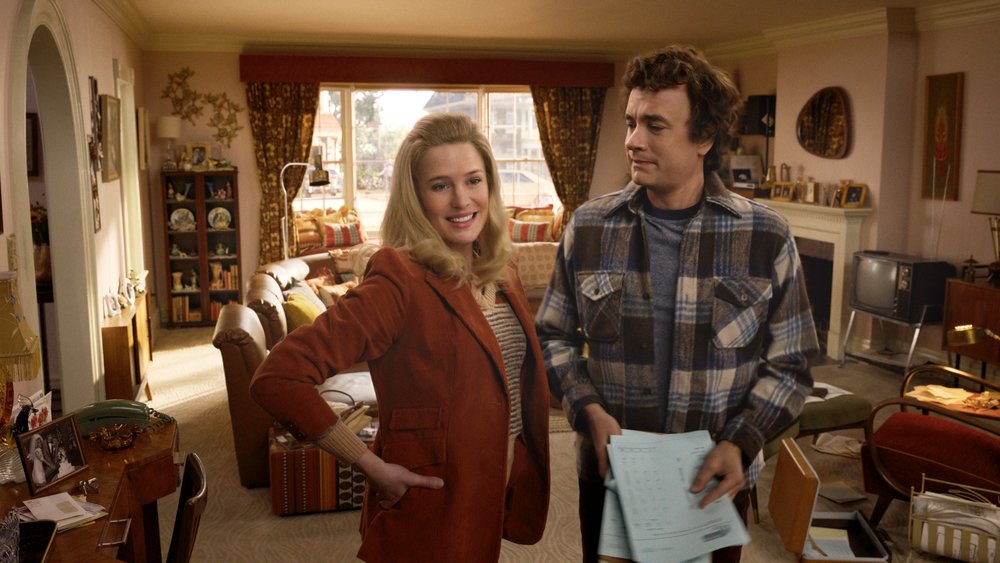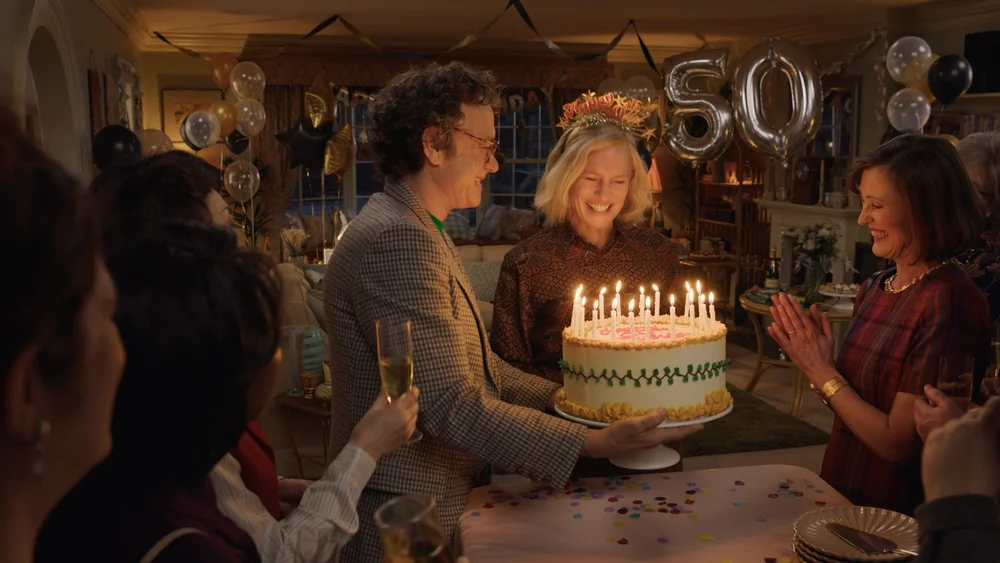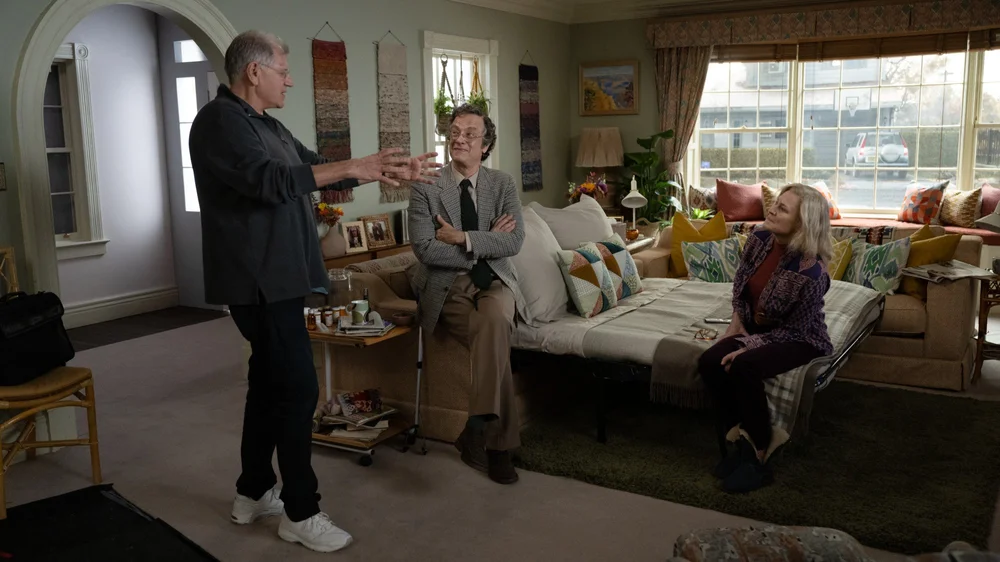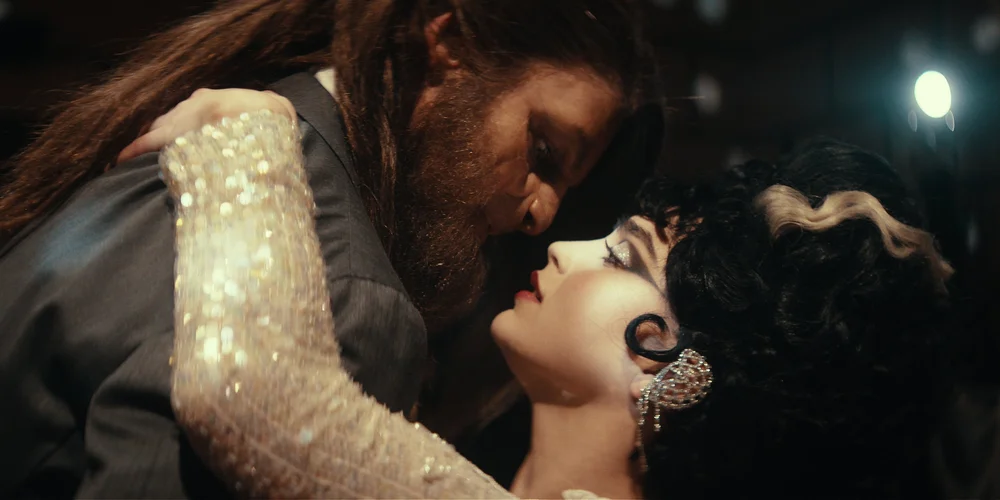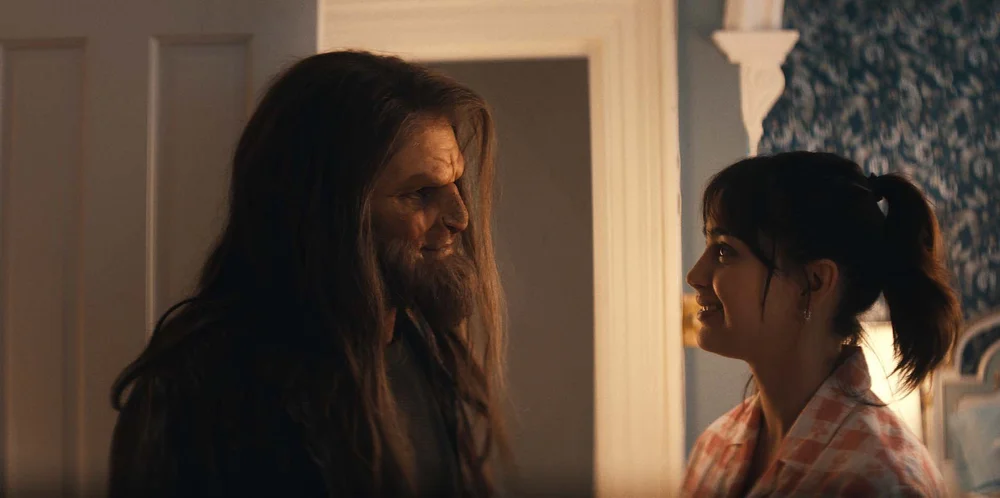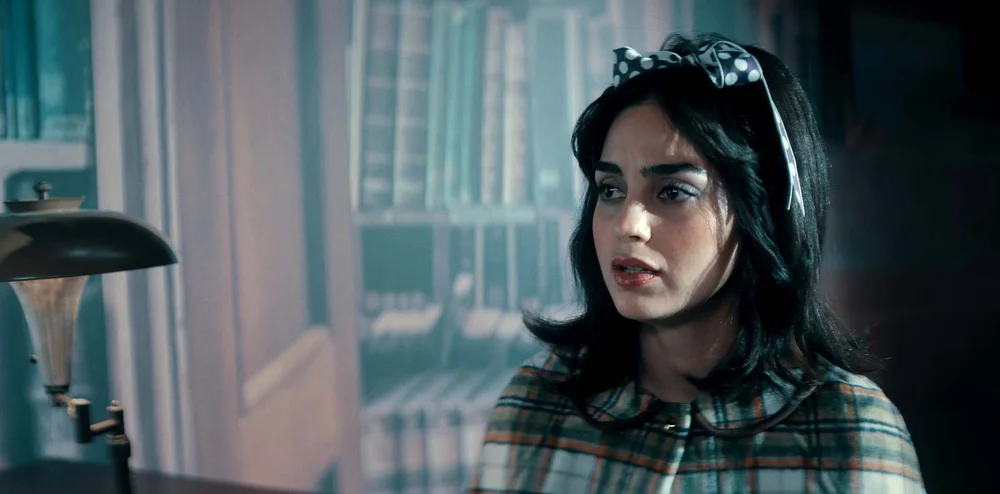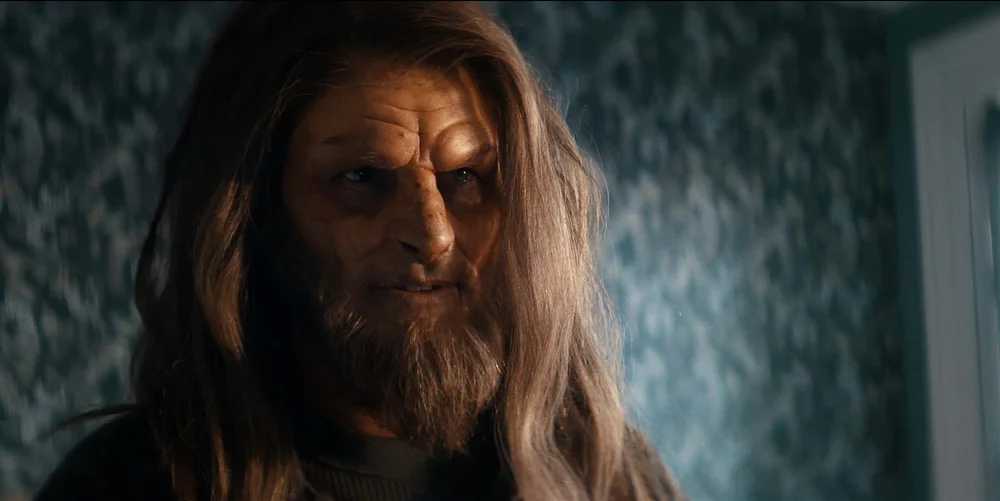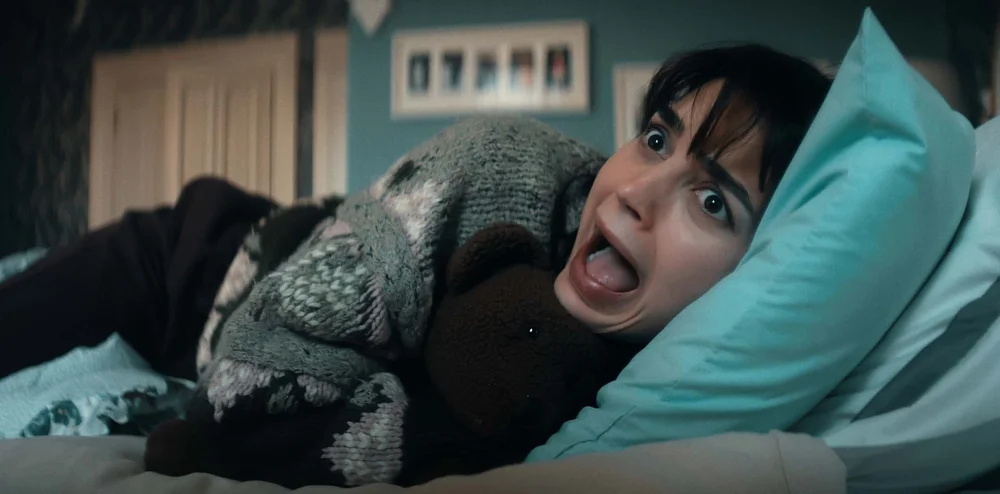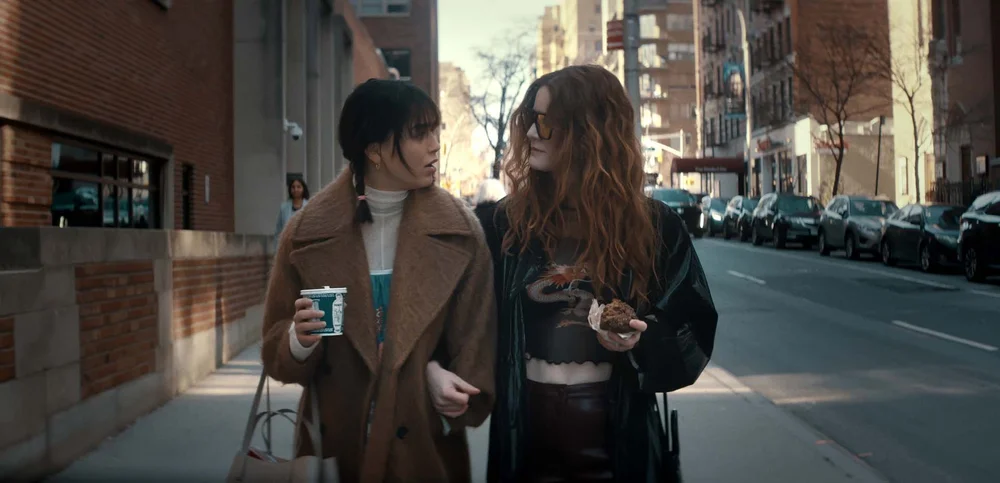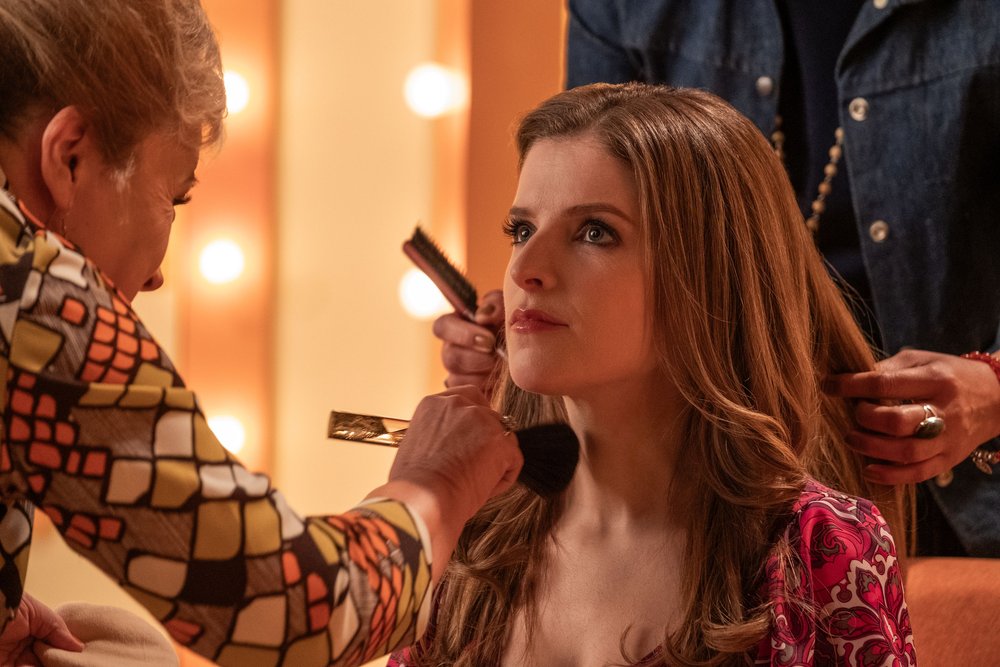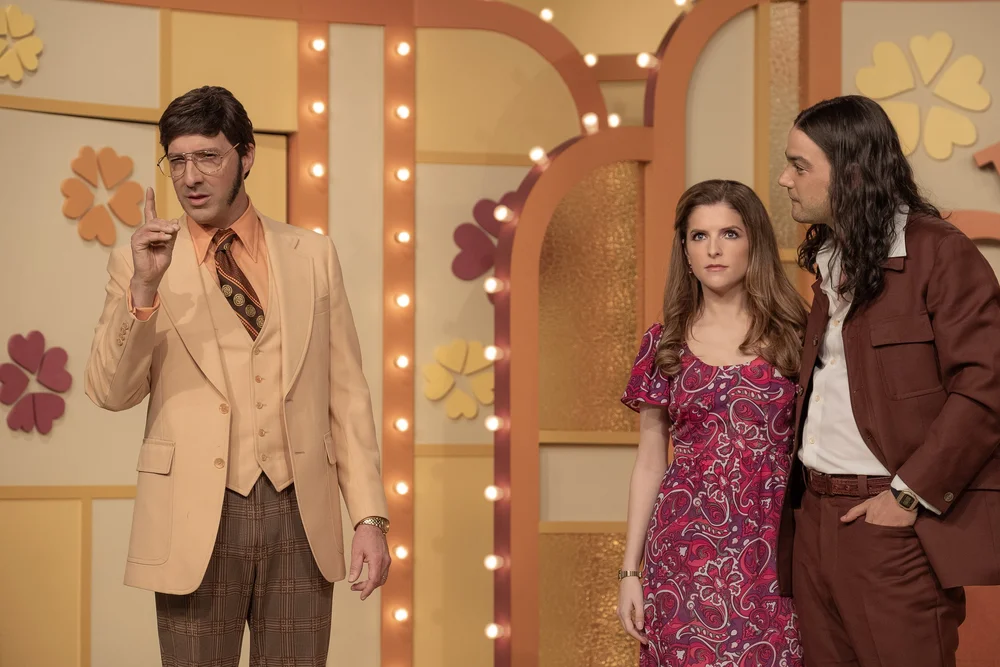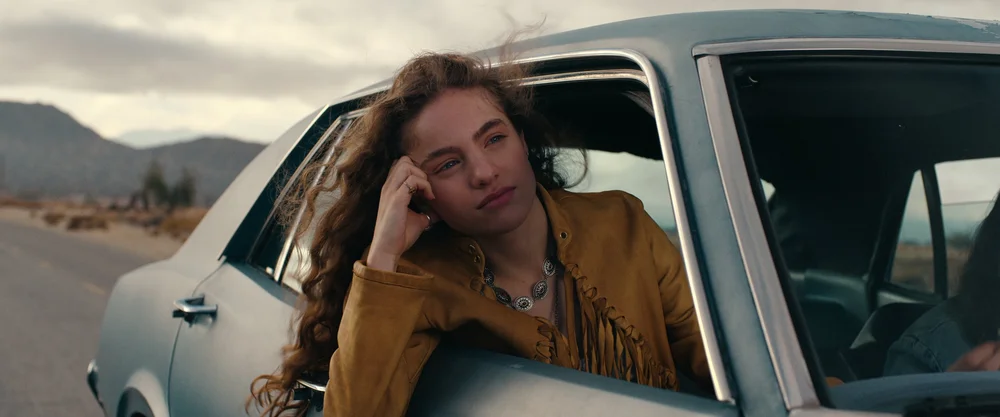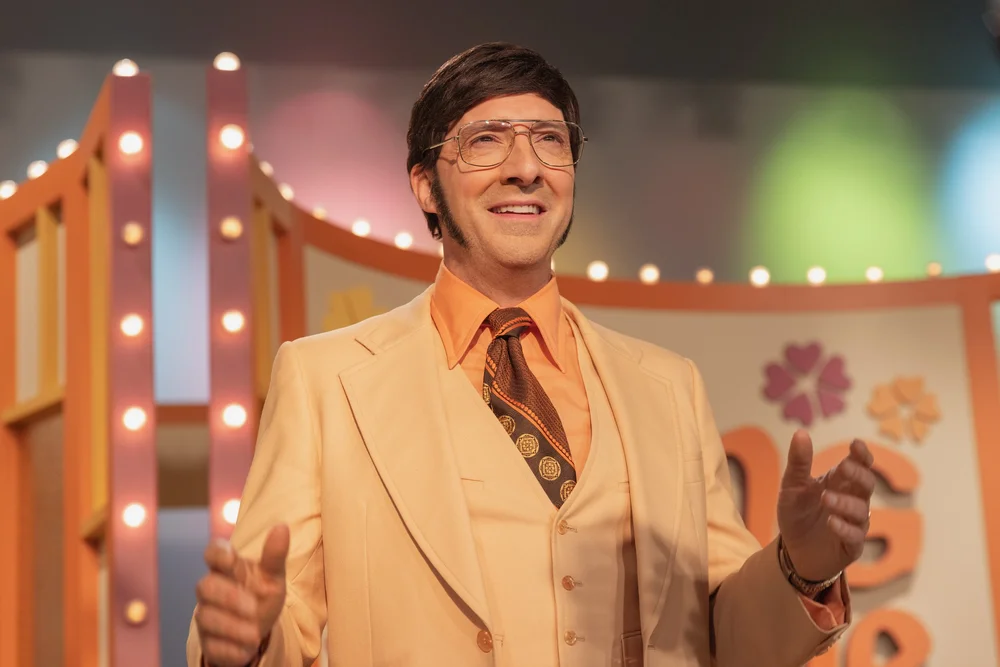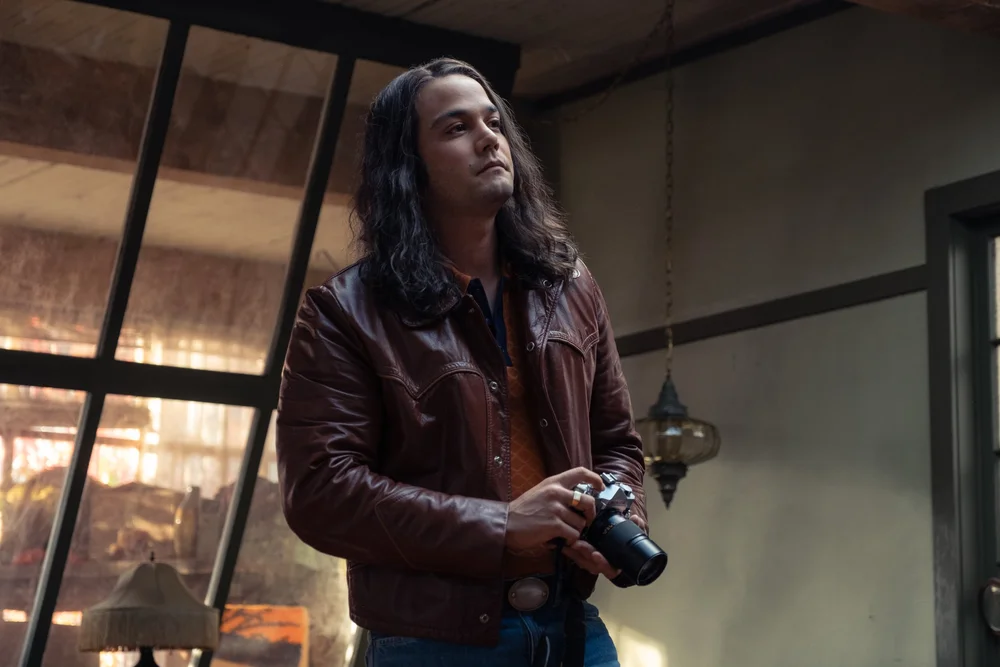
Daenerys Targaryen, one of the most iconic figures in Game of Thrones, redefined what it means to wield both power and compassion in a brutal world. Her journey from an exiled princess to the fierce Mother of Dragons is nothing short of extraordinary. The dragons—Drogon, Rhaegal, and Viserion—served as potent symbols of her growing authority, as well as harbingers of change for Westeros. The impact of these dragons on both the storyline and pop culture has cemented Daenerys as a character whose legacy is intertwined with themes of freedom, strength, and resilience. This influence resonates through various media, cosplay, and fashion—especially in the enduring popularity of the Daenerys Targaryen costume and Game of Thrones costumes more broadly.
Dragons as Symbols of Power and Freedom
Daenerys’s dragons are not merely pets or weapons; they embody her quest for liberation. Born from fire at the end of season one, the dragons’ appearance marked a pivotal shift, one that fueled Daenerys's ambitions to take back the Iron Throne. Her dragons grow alongside her, mirroring her transformation from a naive princess to a fearsome queen.
Each dragon represents a distinct aspect of Daenerys’s personality and legacy. Drogon, the largest and most aggressive, symbolizes her ferocity and unyielding will. Rhaegal, named after her beloved brother Rhaegar, reflects her family loyalty. Viserion, the dragon tragically lost to the Night King, signifies the loss and sacrifices she endures on her journey. Together, they are the embodiment of her Targaryen identity and the embodiment of her famous words: "Fire and Blood."
Shaping the Storyline and Shattering the Status Quo
Daenerys’s dragons radically altered the power dynamics in Game of Thrones. Where others relied on armies, Daenerys commanded fire-breathing beasts that instilled fear across Westeros. As a result, her campaign to free slaves and challenge tyrannical rulers gained momentum with each conquest. In cities like Meereen and Yunkai, she became a liberator, earning the title “Breaker of Chains” as her dragons burned down the structures of oppression.
The dragons also introduced magical elements to Westeros, signaling the return of a mystical age. While dragons were once thought to be extinct, Daenerys’s ability to bring them back redefined what was possible within this fictional world. Their existence intensified the conflict between fantasy and reality in Westeros, shaking traditional alliances and creating new threats, especially when one dragon fell into the hands of the Night King.
The dragons’ fiery destruction became a spectacle that captivated viewers worldwide. The visual impact of their scenes showcased cutting-edge CGI, making them a memorable highlight of the series. Few television shows have wielded such powerful imagery, which underscores why the dragons remain a beloved part of Daenerys’s legacy.
A Pop Culture Phenomenon: Dragons and the World of Cosplay
Daenerys and her dragons have inspired a lasting cultural impact, especially in cosplay communities. Her distinctive fashion choices, often modeled on a mixture of warrior and royal aesthetics, have become a popular choice for fans embodying her fiery spirit. The Daenerys Targaryen costume—complete with braided hair, leather outfits, and dragon-inspired accessories—has evolved into an iconic cosplay choice at conventions. These costumes capture the character’s metamorphosis, with some choosing her flowing blue robes of early seasons and others recreating her hardened, battle-ready attire from later episodes.
Fans also gravitate to Game of Thrones costumes for other characters, but Daenerys’s look, with its strong visual ties to her dragons, has a unique appeal. By wearing her costume, cosplayers tap into her strength, resilience, and complexity, embodying the Mother of Dragons in ways that connect them deeply to her character.
The dragons have inspired their own fan merchandise, from dragon-egg accessories to plush toys. The allure of these mythical creatures crosses age groups and demographics, illustrating how Daenerys’s journey and her dragons’ impact have become synonymous with power, justice, and resilience.
The Power and Perils of Daenerys’s Dragons
While the dragons were crucial in shaping Daenerys’s victories, they also highlighted the dark side of absolute power. As her dragons grew and became harder to control, they represented the inherent risks of wielding such immense force. In Meereen, her dragons began to pose a threat to the local population, with Drogon attacking a child. This dilemma forced Daenerys to confront the complex morality of ruling—demonstrating that power without control can have devastating consequences.
This struggle between power and restraint ultimately foreshadowed Daenerys’s tragic fall. Her dragons were instrumental in the destruction of King’s Landing, a decision that alienated her from her followers and underscored the personal cost of her ambition. The dragons, which had once symbolized freedom and justice, became tools of terror—a transformation that mirrored Daenerys’s descent into ruthlessness.
In the end, Daenerys’s bond with Drogon became one of the most poignant relationships in the series. After her death, Drogon’s grief and departure with her body in tow symbolized the end of the Targaryen dynasty. The scene underscored the dragons’ deep connection to Daenerys, showcasing their loyalty even in the face of loss. Drogon’s final act—destroying the Iron Throne—served as a powerful message that echoed Daenerys’s original vision of breaking the cycle of tyranny.
The Legacy of Daenerys and Her Dragons
The legacy of Daenerys’s dragons extends far beyond Game of Thrones. As cultural icons, they have inspired fans, artists, and creators across the globe. Whether through cosplay, artwork, or merchandise, Daenerys and her dragons remain deeply embedded in the collective imagination. Her journey resonates with audiences as a story of resilience, power, and the pursuit of justice—even as it warns of the costs of unchecked ambition.
The popularity of Daenerys-inspired looks and her dragons in fashion and pop culture demonstrates the lasting impact of these characters. For fans, embodying Daenerys through cosplay or collecting memorabilia allows them to connect with her complex narrative, from her fight for liberation to her tragic downfall.
Conclusion
Daenerys Targaryen’s dragons are more than just symbols of fantasy—they represent the power, freedom, and inner struggles that define her character. Through their relationship with Daenerys, the dragons became emblematic of her rise and fall, serving as both her greatest asset and her ultimate undoing. The impact of these mythical creatures on Game of Thrones cannot be overstated, and their legacy endures through the cultural phenomenon that Daenerys and her dragons have become.
Whether through Game of Thrones costumes or fan art, Daenerys and her dragons continue to inspire a fascination that transcends the series itself. They remind us of the powerful allure of fantasy, the complexities of power, and the timeless appeal of characters who fight for their beliefs, no matter the cost. As Daenerys’s journey lives on in fandom, her dragons remain a symbol of her ambition, resilience, and indelible impact on pop culture.
from Review Blog https://ift.tt/tseIZqb













